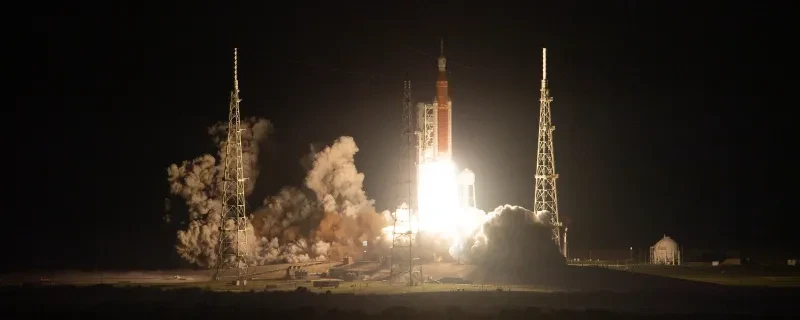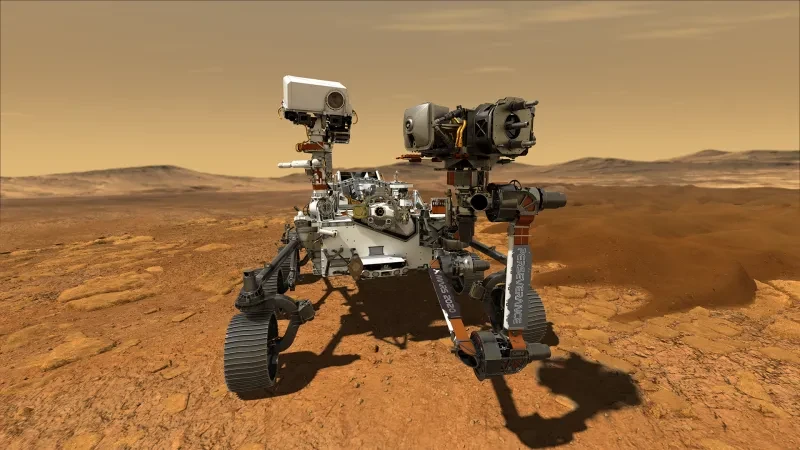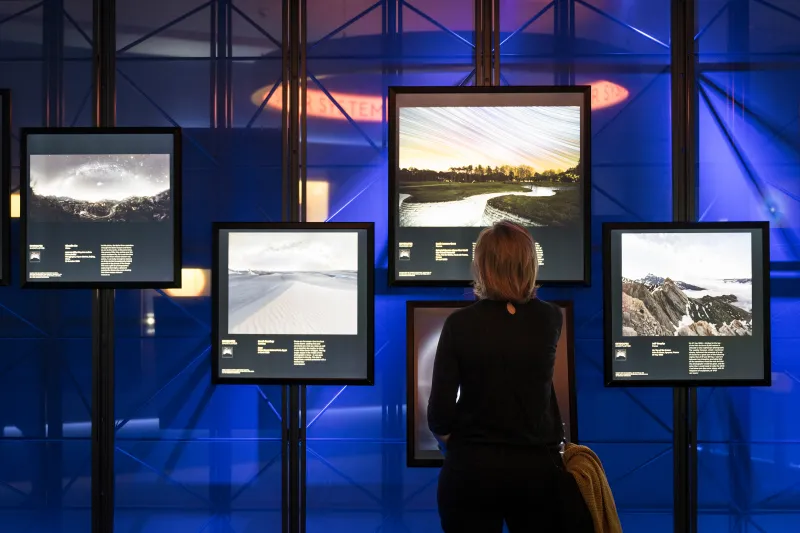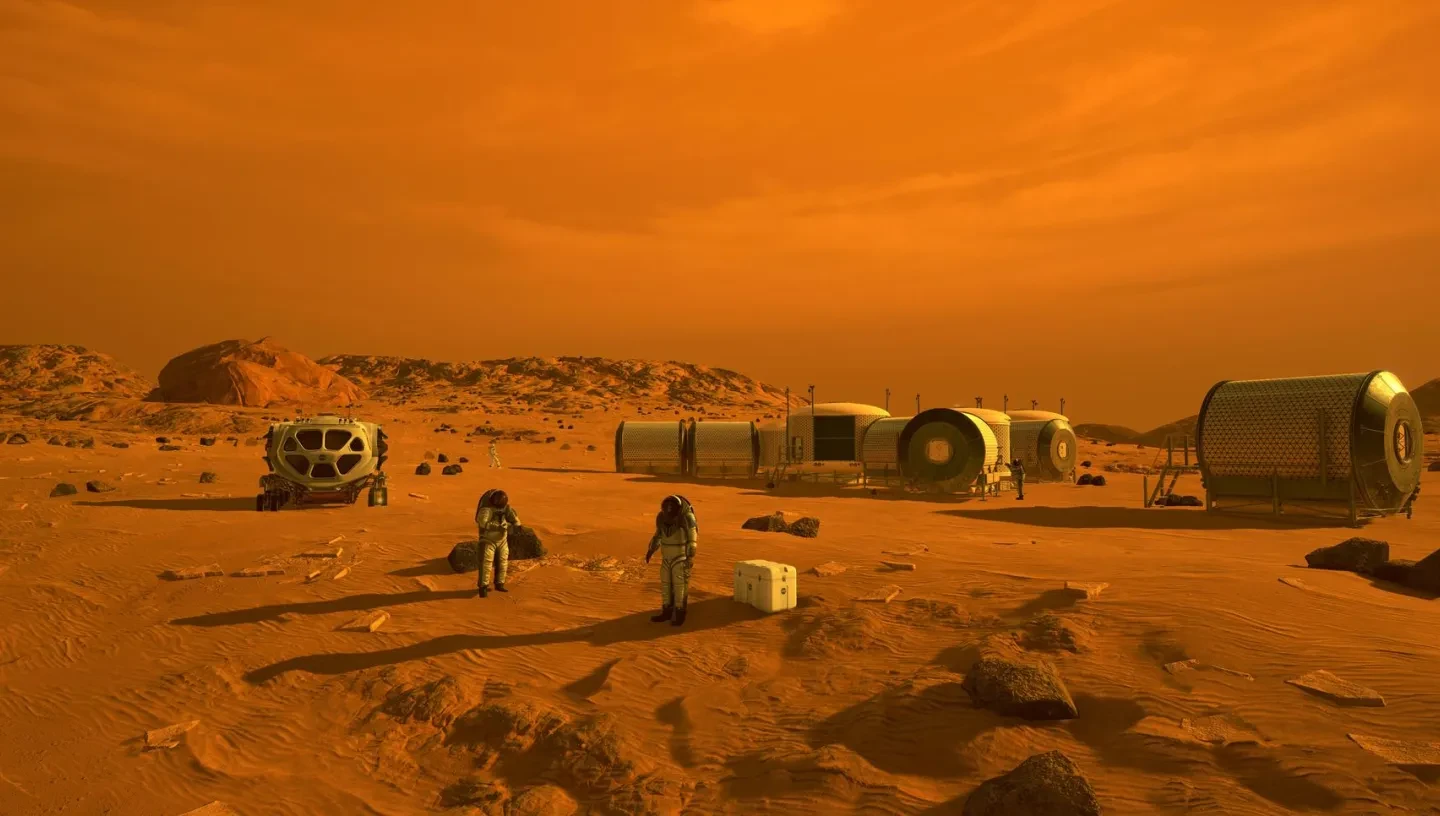
Right now, robots are criss-crossing the surface of Mars, providing us with a unique insight into one of our closest neighbours in the Solar System.
It's an incredible feat of science and engineering - but it seems we aren't done yet. Could humans actually reach and live on Mars?
Compared to the Moon, the challenges of setting foot on Mars are astronomical – and yet nations and companies around the world are already working to make crewed missions to Mars a reality.
In this exclusive extract, astronomer and author Brendan Owens examines the challenges involved, and celebrates the research that could eventually carry humans to Mars.
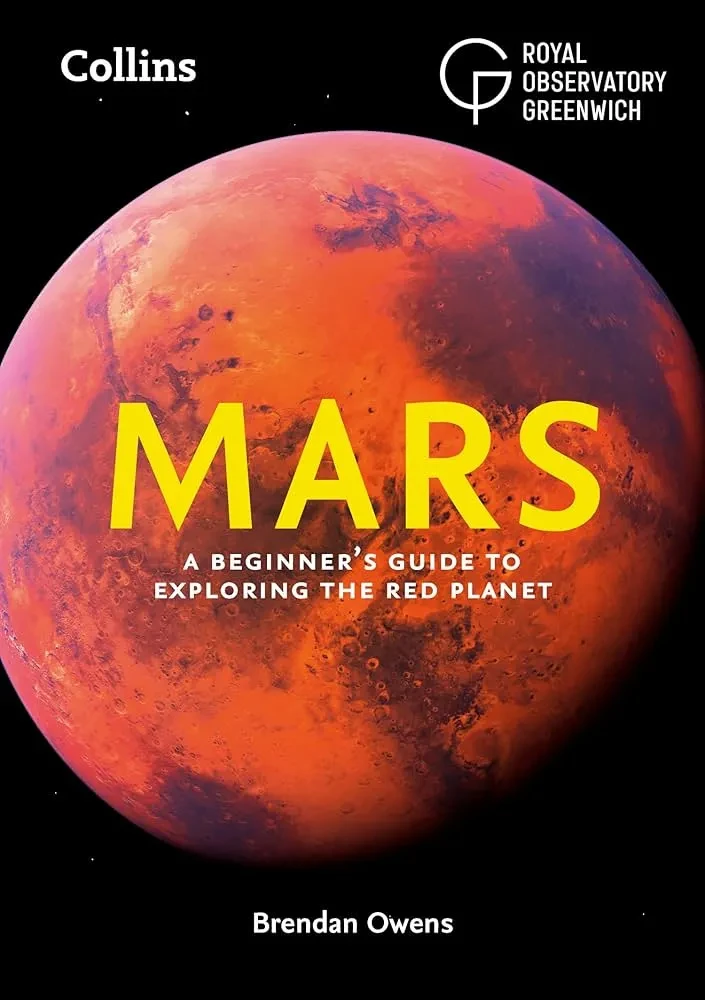
Contents
- How long would it take to get to Mars?
- Travelling to Mars: the physical challenges
- Travelling to Mars: the psychological challenges
- How could humans survive on Mars?
- Oxygen and water on Mars
- Growing food on Mars
- Building shelter on Mars
- How life on Mars could change life on Earth
This article is an edited extract from Mars: A Beginner’s Guide to Exploring the Red Planet by Brendan Owens. Discover all you need to know about Mars – including the historic, cultural and scientific background and exploratory missions – with this accessible guide for aspiring and seasoned astronomers, packed full of stunning images.
How long would it take to get to Mars?
The scope and risk involved in a crewed Earth–Mars mission far exceeds that of a trip to the Moon and back, but the latter does provide some useful context.
With our current technology, a voyage to the Moon takes approximately three days. The longest lunar mission yet completed, Apollo 17, lasted just 12 days. In that time the crew had plenty of supplies to last them their time there and back and didn’t have to wait long to return to family and friends.
While the mental and physical impacts of such a mission were not insignificant, they pale in comparison to not seeing another human being, besides crewmates, for two to three years, depending on the mission plan for getting to and from Mars. The crew also have to endure no natural day and night cycle, a reduction in tasting ability, muscle wastage and bone-density loss over time.
Travelling to Mars: the physical challenges
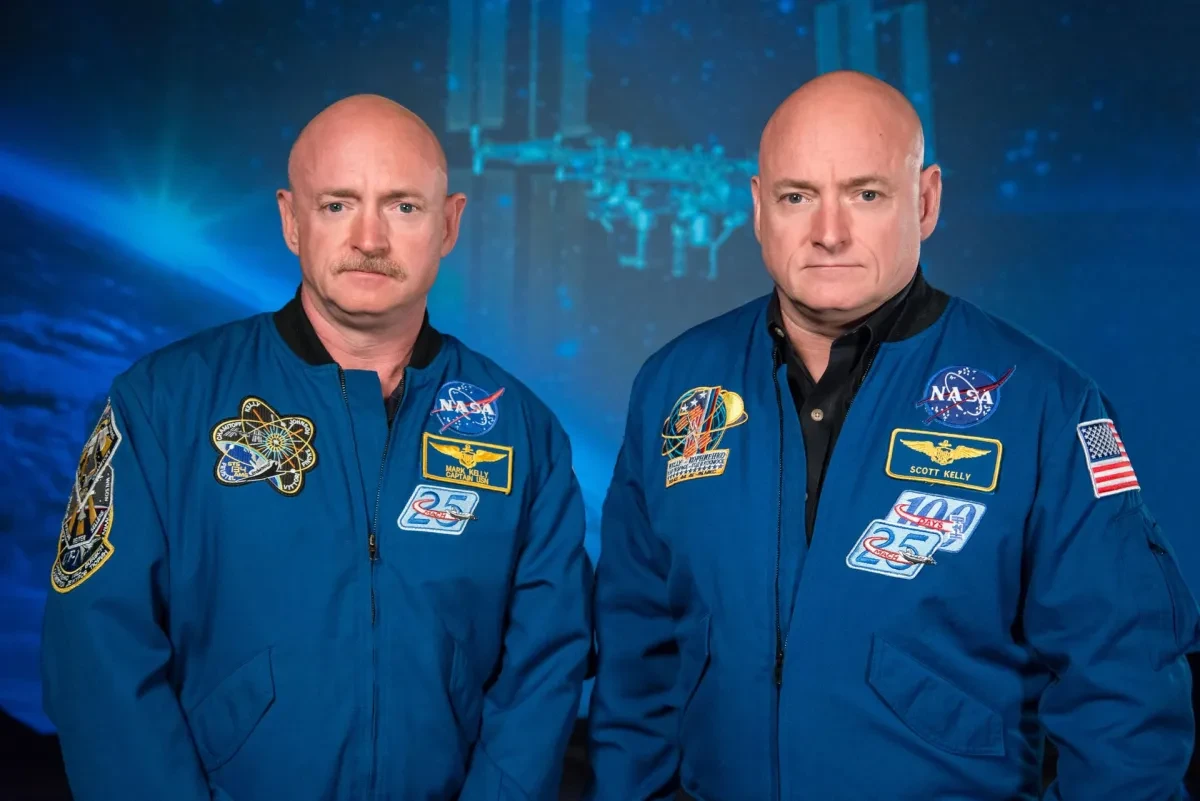
Beyond Earth’s atmosphere, astronauts on the International Space Station (ISS) are exposed to 250 times the radiation experienced on the surface of our home planet. This increases to 700 times the radiation for missions beyond Earth’s orbit, which are without the protection of Earth’s magnetic field. Astronauts spend months at a time on the ISS, while missions to the Moon subject crews to the higher levels of radiation but for a shorter period of days or weeks. By this measure, Mars missions would be by far the most damaging in that they combine long mission length and high radiation exposure.
In order to gain an understanding of the effects of the space environment on the human body, NASA and the ESA have been conducting long-term studies including one that followed twins Scott and Mark Kelly – Scott conducting lengthy missions on the ISS, while Mark remained on Earth. This gave researchers a rare opportunity to compare two individuals with the same genetic makeup in two very different environments.
The results showed that Scott’s immune system reacted in the same way to vaccines in space as Mark’s did on Earth. This means that vaccines that may need to be administered during a long mission in space should be just as effective. Researchers did see differences in Scott’s gene expression and changes in telomeres compared to his twin on Earth. Gene expression is DNA’s way of giving instructions to the body. Telomeres are the ends of DNA strands, and they protect chromosomes from damage. By studying how gene expression changed for Scott as part of the Twins Study, healthcare professionals could learn what aspects of treatments need to be modified or changed in order to tailor them to the immune system in space.
Scott’s telomeres lengthened in space over time compared to Mark’s. While long telomeres were once thought to assist with a longer life span, it is now understood that at both extremes – short and long – they are detrimental to our health. Generally, short telomeres can negatively affect organs, while long telomeres increase the risk of cancer and other disorders. The Twins Study has provided NASA with an excellent baseline for targeted treatments and health plans for extended missions in space.
Travelling to Mars: the psychological challenges
To interrogate the psychological challenges of the long journey to the Red Planet, people from a variety of backgrounds have been put through simulated Mars missions, with each featuring some common elements including an artificial communication delay, isolation and limited resources. Participants in these missions are sometimes referred to as analogue astronauts as they play the part of an astronaut while not actually going to space.
One of the most prominent of these studies was Mars 500, conducted in the Russian Academy of Sciences’ Institute of Biomedical Problems, as a collaborative effort between Russian, European and Chinese space agencies.
Over the course of 17 months, six analogue astronauts were placed in a simulated Mars mission environment, which included a spacecraft habitat for the simulated journey and an area that represented landing on Mars. For the first eight months, all six men lived together, but upon reaching ‘Mars’ three of the crew participated in the landing and excursions phase. For a little over a week, they conducted Mars walks in realistically weighted spacesuits before rejoining the rest of the crew for the return leg home.
By including a variety of nationalities, cultures and personalities, the simulated mission could be used to study team cohesion, conflict resolution, leadership, problem-solving and more. The results were generally very positive, with little friction caused by cultural differences and a natural inclination to be creative and celebrate milestones along the way, such as Halloween and Chinese New Year.
However, maintaining a synchronised sleeping pattern proved problematic for some. With no natural sunlight – only artificial light and dark modes – some of the crew experienced disrupted sleeping patterns, which led to poorer performance in tests. The entire crew also generally slept more as the mission progressed, especially on the return part of the trip.
How could humans survive on Mars?
The first crew to travel to Mars is unlikely to land on the surface, but may deploy equipment and supplies for future, more ambitious missions.
One concept involves building an orbital space station first before establishing any regular human presence on Mars. This could reduce the risks involved in getting crews onto and off the planet, at least initially. Astronauts on board a Mars space station could use remote-controlled robots, safely operated from orbit, to act as scouts for potential habitat locations. Astronauts on the ISS have already practised the techniques involved in this as part of ESA’s Meteron project (Multi-Purpose End-to-End Robotics Operations Network).
Once advance supplies and tools have been sent to a safe landing site, the real work begins.
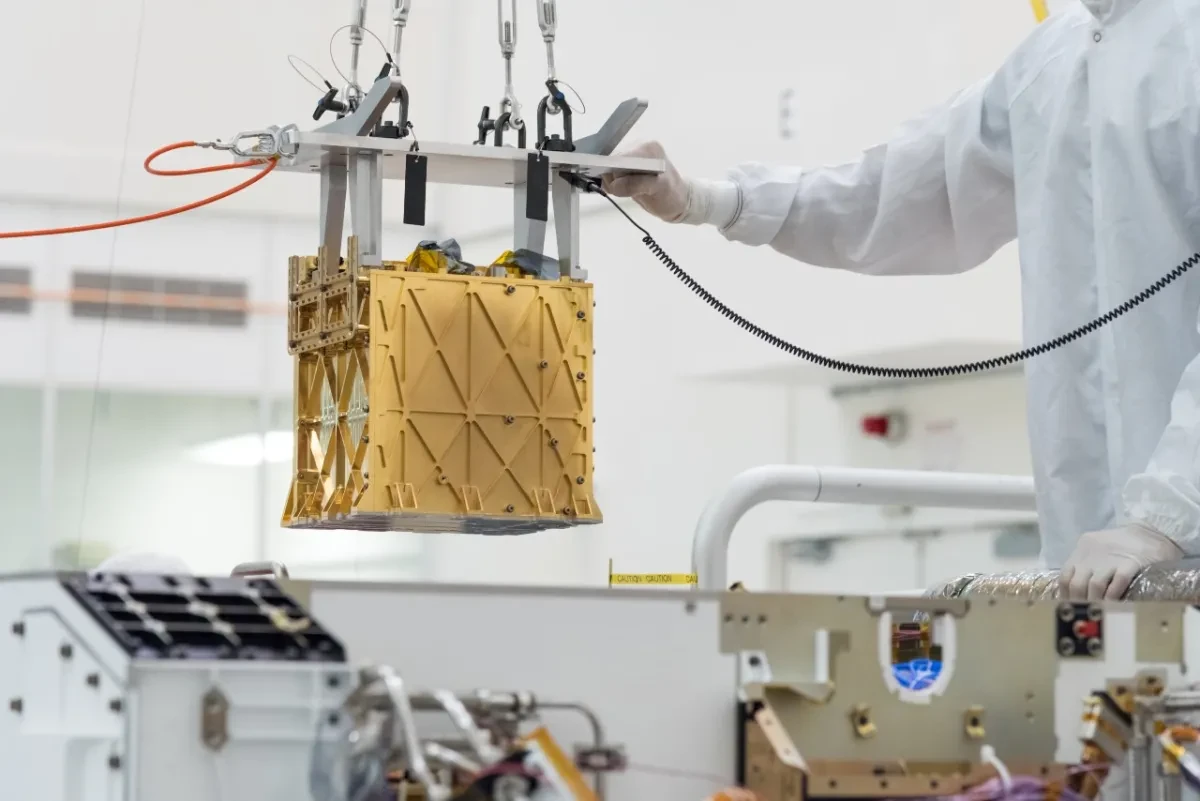
Oxygen and water on Mars
On Mars, just as on Earth, our basic requirements are breathable air, food, water, fuel and shelter.
Without a regular shipment of oxygen and water supplies from Earth, settlers on Mars will need to look to the local environment to extract what is needed. This is often referred to as ‘in-situ resource utilisation’.
One of the proposed technologies is to extract oxygen from the thin carbon dioxide atmosphere (the chemical name is CO2, for the one carbon atom and two oxygen atoms contained within each molecule of the gas).
NASA’s Perseverance rover contains a small-scale demonstration of this technology, with its Mars Oxygen In-Situ Resource Utilization Experiment, or MOXIE for short. Although the device is not much larger than a lunchbox, it is able to convert carbon dioxide into oxygen at the same rate as one small tree on Earth. That equates to enough oxygen produced over two years for a human to survive just 3.5 hours. While this is hardly enough to provide for a small settlement, it is only operating on about 100 watts of power – available through Perseverance’s main power system. With a much greater power source capable of generating tens of thousands of watts, a small habitat could be supported.
Water can be found on Mars but in the form of ice, and in most exposed surface areas it is not present. It has been detected at the polar icecaps but, even then, it is locked away under thick slabs of frozen carbon dioxide. Water ice could be preserved and accessed in deep craters, in caves and in partially collapsed lava tubes where sunlight does not reach. NASA’s Phoenix lander literally dug up evidence of water ice just beneath the surface of the planet, but this was in a polar region that is not favoured for human settlement.
Compounding matters is the fact that water detected thus far on Mars has a high concentration of perchlorate salts that are toxic to humans – a filtration process or, potentially, use of a hardy strain of bacteria would be required to detoxify the supply.
Many chemical processes that produce viable fuel for rockets also produce water, so humans may not have to risk life and limb or precious tools to extract liquid water directly from water ice on Mars. Water is known chemically as H2O – two hydrogen atoms with one oxygen atom. Therefore, it is often described as a useful combination of rocket fuel (hydrogen) and oxygen.
Using electrolysis, the process by which electricity is used to separate the hydrogen and oxygen atoms, it is possible for water to provide both fuel and breathable air, although the aforementioned perchlorates, the extremely low temperatures Mars reaches and its lower gravity significantly reduce the efficiency of the process.
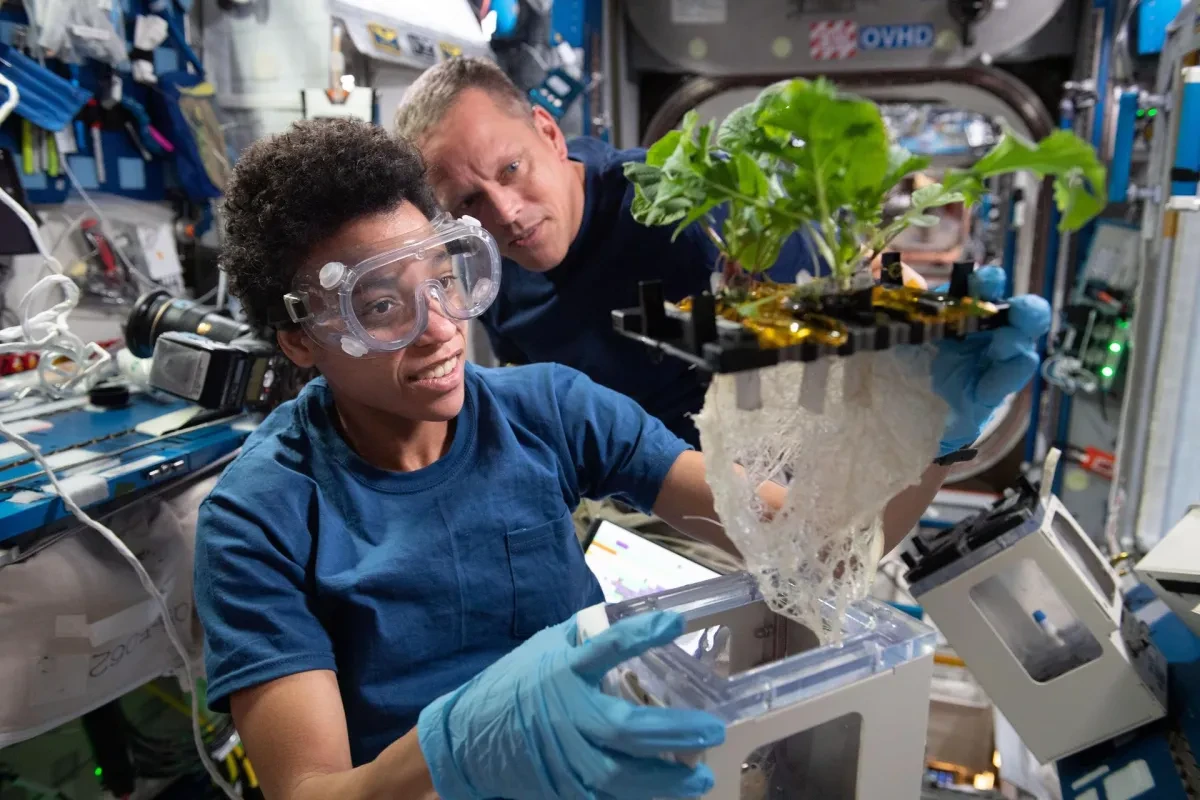
Growing food on Mars
In terms of food requirements, experiments are under way on board the ISS and on Earth to grow crops under LED lights, both with hydroponic techniques and in simulated Mars soil. Hydroponics involves keeping plants rooted in nutrient-enriched water and, thanks to data gathered by generations of landers and rovers, scientists on Earth can create soil mixes that approximate to Mars chemically and structurally.
‘Soil’ is a slightly misleading term for the substance on Mars, which is better defined as ‘regolith’ – inorganic dust and broken-up rock. Some areas of the surface and subsurface contain clays and basalt (cooled lava), and there is a strong mineral presence including iron oxides – commonly known as rust – which give Mars its iconic hue. While this is hardly what can be described as ‘rich soil’, it is the basic foundation for a medium in which plant life could be grown.
The ability to produce water would bring us a step closer to food production, but we need some organic material in the mix too. Studies of cyanobacteria, also called bluegreen algae, have shown that it can grow with limited resources. On Earth, it is often seen as a natural menace due to its fast-spreading nature. On the ISS, as part of BIOMEX (BIOlogy and Mars EXperiment), organic samples were placed outside the space station, exposing them to the extreme environment of space.
Simulating the Martian environment, samples that had cyanobacteria mixed in a Mars soil simulant under a filter that blocked some harmful radiation, survived. Samples that were not mixed with the soil and were also exposed to a full spectrum of radiation died, the samples that were set up in a replicated Mars environment survived for over 700 days in space. Although their DNA was damaged, they were found to repair themselves after rehydration on Earth. Based on these results and other lab simulations, a strong or modified strain of this algae could be used to enrich the Martian soil in order to grow edible vegetables on the Red Planet.
Other experiments have highlighted the benefit of hydroponics to enable vertical farming. By housing racks of edible greenery in the spacecraft that would take humans to Mars, the contents for a Mars greenhouse would be ready to move onto the surface upon arrival.
Water, however, is a precious commodity and heavy in great quantities. Aeroponics takes the process of soilless gardening a step further by suspending plants and their roots in mid-air and regularly exposing them to a nutrient mist. This makes efficient use of water en route to Mars, as well as significantly reducing the initial launch payload from Earth. In many ways this form of food cultivation sidesteps significant issues such as the spread of plant diseases and the acidity of soil.
One disadvantage is that the misting needs to be carefully monitored and the content of the mist needs to be precisely formulated. Failure in either regard could lead to a disastrous loss of crops. At the very least, this form of farming could kick-start the food supply on Mars on arrival until enough algae and compostable waste is accumulated to switch to more traditional soil-based farming methods.
Building shelter on Mars
Suggestions for viable living quarters on both the Moon and Mars begin with the design and construction of a reinforced inflatable habitat that can be covered with a protective shell constructed from a form of concrete that makes use of the regolith in the region.
As an example, University of Manchester researchers have developed a type of concrete they’ve named ‘StarCrete’ that mixes starch and Mars soil simulant and is twice as strong as typical concrete on Earth. While it doesn’t use this material, a Mars habitat was 3D-printed as part of NASA’s Crew Health and Performance Exploration Analog (CHAPEA) at the Johnson Space Centre, Florida. This could help inform a future base printed on Mars.
Any of these options must also take into account the extreme temperature changes. Even the most ideal region of Mars in this regard, the equator, still experiences a huge swing from daytime highs of 20 degrees Centigrade to nighttime lows of -73 degrees Centigrade at the height of summer. We may need to turn to our sustainable technologies on Earth, such as designs for passive houses, to select insulation technologies that minimise the power needed to heat Martian habitats.
If these structures constructed from scratch are insufficient, Mars does offer a few natural alternatives in the form of caves and lava tubes for natural radiation protection, though their structural integrity would need extensive testing and verification.
Starting afresh: how life on Mars could change life on Earth
Living on Mars may be the greatest challenge yet tackled by humankind in our quest to continue exploration beyond our safe haven on Earth.
Take a moment to think of the first pilots to trust in science and engineering to see them safely over the great expanse of the Atlantic Ocean. Once thought of as folly or fantasy, the journey is now taken by tens of millions of passengers each year.
When a trip to Mars becomes a regular occurrence, who knows what humankind can achieve? This could include attempts to terraform Mars and in doing so discover techniques that could be applied to repair environmental damage on Earth.
With this thought we can also consider what we could do differently on another world. By starting without country boundaries and with a spirit of collaboration, we may discover innovative ways of living and working together that benefit humankind and our environment on Earth just as much as on our home away from home.
The foundations have been laid by the dreams of centuries of scientists and science-fiction authors, the telescopic exploration of Mars from afar and gigabytes of data collected by our robotic explorers in more recent times. While we don’t know when exactly someone will make that first footprint on the Red Planet, it seems excitingly inevitable.
Find more stories you might like
Main image courtesy of JPL/NASA



